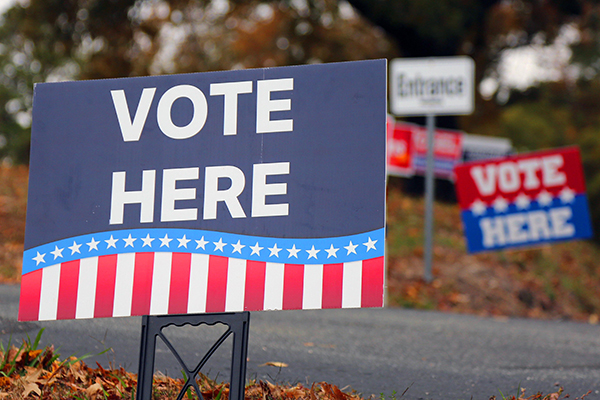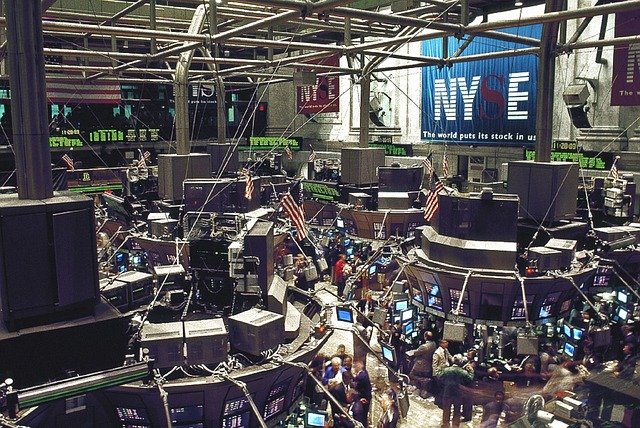Another quarter of upward moving stock prices and multiple records being set by all the major indexes. The bull market is now officially the second longest in history, only being eclipsed by the 1982-1999 run. Not only that but just last week we reached the longest stretch in history without experiencing a 5% correction (now over 360 days) and this week, the longest stretch in history without even a 3% correction (250 days). Year to date there have been only 8 days with a 1% move, either way, only 3 years in history have less. Stocks have shaken off plenty of bad news along the way, tension with North Korea, the failure of the GOP to repeal and replace Obamacare, continued low inflation and rising (albeit slowly) interest rates. Earnings finally played a role in pushing stocks further into the green as the second quarter numbers were quite good and the expectation for the third quarter is more of the same. The other big driver was the renewed hope for tax reform as the President and the GOP are actively working on plans to present to Congress.
Almost all countries (94% according to Goldman Sachs) are in expansion mode (measured by PMI data) and 61% are showing accelerating growth—there are few reasons to think this expansion cannot become longest of all time at over 120 mos. Goldman Sachs is calling for a 33% chance of a recession in the next 2yrs and at that level the usual next recession was about 2.5yrs away. This level of uniform global expansion is essentially unprecedented in modern history. The strength of the global economy makes it more likely a downturn will still be a buying opportunity.
The Fed
Watching the Fed has been a favorite of the financial media for ages. We have come a long way from the days of Alan Greenspan, who was so tight-lipped about what the Fed was thinking about interest rates that the media would speculate that perhaps which hand he carried his briefcase was a clue to the Fed’s plans. Not so in today’s world. Starting with Ben Bernanke and continuing with Janet Yellen, the Fed has become completely transparent, not only leading the Street to be aware of their intentions but doing so months ahead of time. The overwhelming expectation is that the Fed will raise rates in December by a quarter point. Then the current direction is for three more rate hikes in 2018.
The Fed has also telegraphed its plan of reducing its balance sheet. The plan is to cease reinvestment of the proceeds of maturing securities starting with $10billion per month in the fourth quarter of 2017, then increasing to $20B/mo in 1Q18, $30B/mo in 2Q18, $40B/mo in 3Q18 and $50B/mo in 4Q18. At this point the Fed will no longer increase the amount not reinvested. The catch is that there are months where there are less than $50B of value maturing; in these months, the Fed will not sell to get to the $50B, so really its “up to $50B.” Therefore, the impact on the long end of the curve will not be as substantial as it may seem. And the odds of reaching the next recession before the Fed finishes is likely. At that point it will be interesting to see if they start increasing the balance sheet again with a new round of quantitative easing (QE).
Now for the wrinkle. Ms. Yellen’s term as Fed Chairperson ends in February 2018. President Trump has stated he is not keen on reappointing her and has begun interviewing possible replacements. According to a PIMCO rep with whom I spoke recently, according to Ben Bernanke, who is a regular in PIMCO’s investment meetings (at least quarterly) Ms. Yellen has already started talking in the past tense about her position suggesting she does not think she is coming back. While we do not know who the new Fed Chair will be we do know that he (so far, all the candidates interviewed have been men) will almost certainly be more hawkish than Ms. Yellen. We know this because it is almost impossible to be more dovish than Ms. Yellen. So that does add to the likelihood that upward pressure on rates will increase at least modestly. Additionally, she may not want to have her successor have to raise rates in the first month of the term (March 2018), so she will push to do so in Dec. The Fed futures are up to almost 90% for a rate hike in Dec.
Tax Reform
The other big discussion point in the marketplace these days is tax reform. This has been a hot topic for over a year since the runup to the election. As you recall, stocks rallied big time out of the gate after President Trump won on the hopes for tax reform, among other policy moves. By March this rally lost steam as it became clear nothing would happen quickly, and stumbled as the GOP kept experiencing setbacks trying to repeal and replace Obamacare. But when the GOP gave up the race on health care reform, stocks surged to new records on the hope tax reform was imminent. Will Congress pass tax reform or won’t they? And if they do what form does it take?
The Good News is it is likely Congress will pass some measure of tax reform. The GOP has sort of backed itself into a corner with the failure of health care reform. A failure to get anything done on tax reform by mid 2018 would seriously jeopardize the Party’s chances in the mid-term elections. They must get something passed. Additionally, the recent vote allowing the Senate to pass certain measures with a simple majority (instead of the 60 vote filibuster proof margin) makes it more likely tax reform will get passed. Finally, just recently the Senate passed the budget resolution clearing another hurdle towards tax reform.
The Bad News is that it is likely the tax reform bill will come in way short of the President’s campaign promise of 15% corporate tax rate and lower personal income tax rates. One, the budget resolution passed 51-49, meaning the GOP did not even carry every GOP vote on something that simple. Two, the Tea Party members are going to balk at anything that is not revenue neutral or carries spending cuts. The only way to really get to that would be a 25% corporate tax rate, the removal of a number of deductions and little to no personal income tax reform. Basically, the tax plan will be a shadow of what might be priced into the market. The offset, however, could be the measures for repatriation of offshore corporate profits.
The Outlook
While this year of returns has been nice there are a few things we are monitoring that would signal more concern is warranted about the next slowdown. One thing to watch is that from 2012-2016 earnings expectations declined as the year wore on, yet were consistently topped. This year, 2017, earnings expectations have been increasing as the year has gone on—so eventually we will get to a point where earnings disappointments become more common which would put downward pressure on stocks. We did see some of that this past quarter as stocks that met or just slightly beat expectations were often a little lower, while stocks that missed expectations were down considerably. Simply stated, stocks are priced for near perfection and due for a correction.
Another warning sign will be when the Fed makes its next interest rate hike it will take the Fed Funds rate to roughly the same level as the cyclical low yield of the 10yr US Treasury bond. The bad news is that historically has signaled a recession; the good news is that the signal is an 18mo warning, which puts us into mid-2019 assuming a Dec rate hike.
So if we average that warning with the GS position of 2.5 years, we are still 2 years away from the next recession. Furthermore, the traditional warning signs of recession are mostly in the green with only a few flashing yellow. Now, the stock market is a leading indicator, meaning it will turn over before the recession actually arrives, but that still gives us well over a year to be optimistic. And unless it comes with a sustained increase in volatility could just be another hiccup in what will become the longest bull market on record.
We continue to remain diversified. This has paid off this year as small cap companies and international stocks, especially emerging markets, have done well after years of underperforming US large companies. We are still focusing on raising some cash from positions that have performed very well and looking for stocks that have not participated in the rally of the last year. Generally, they will not do as badly in a downturn.





